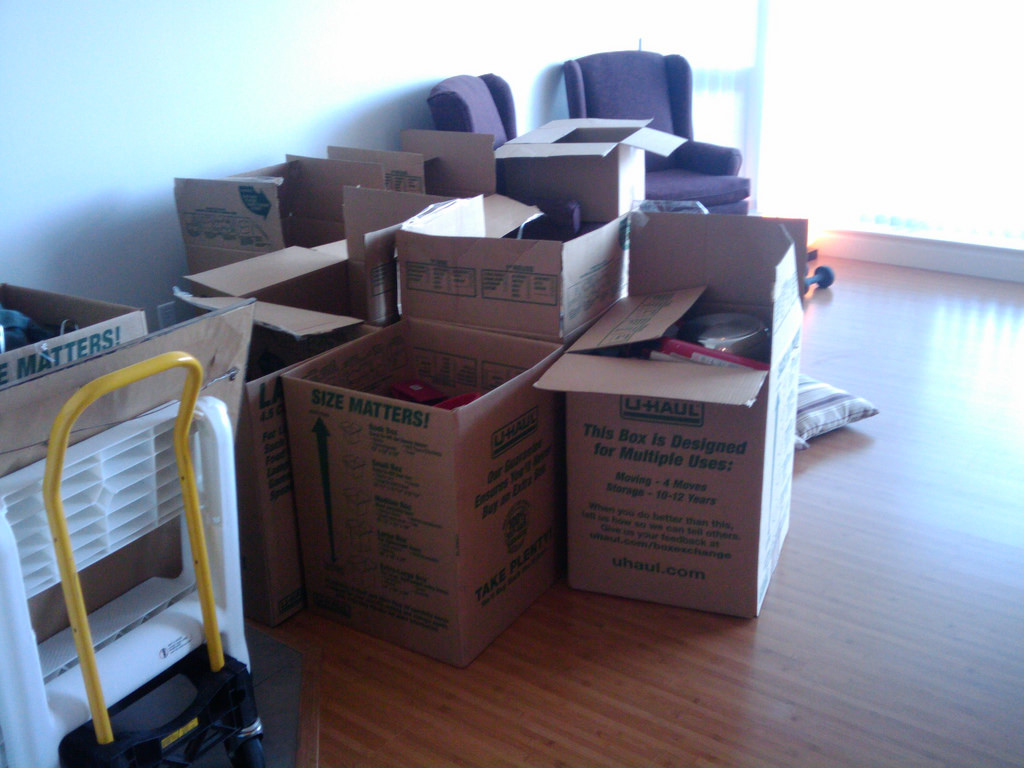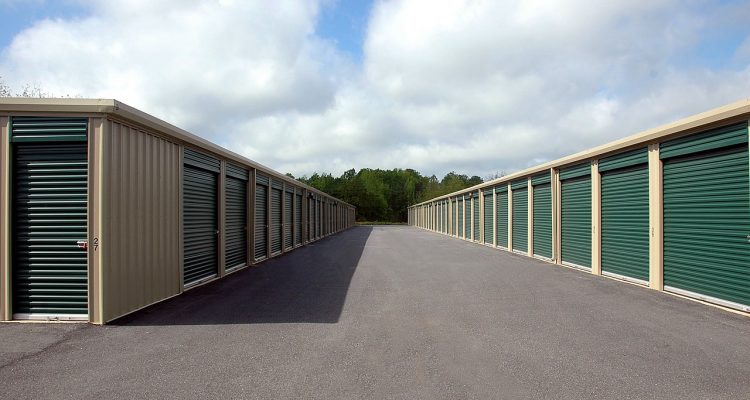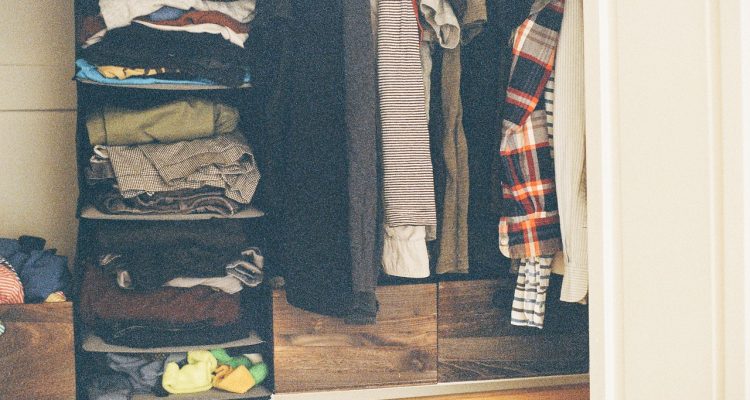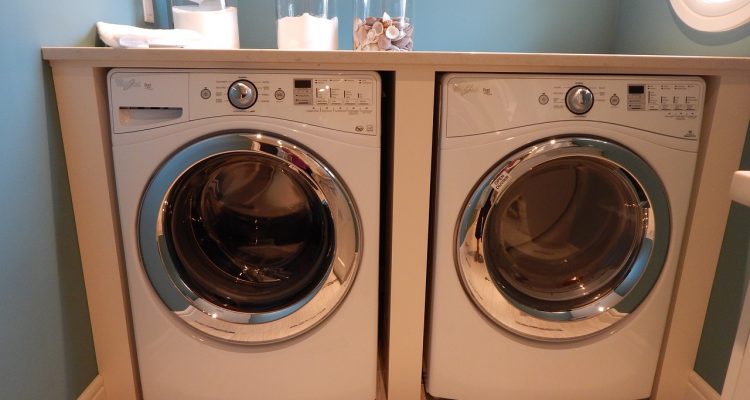
Six Insanely Creative Ways to Keep Your Relocation Cheap
Moving doesn’t have to be stressful, and it doesn’t have to cost a fortune either. With a little creativity and some advanced planning, you can move to your new home without breaking the bank.
1. Boxes Are Expensive
Why buy boxes when you can get them for free? There are plenty of places that give away boxes.
The following places have boxes in every shape and size:
- Liquor stores
- Craigslist
- Target
- Walmart
- Best Buy
- Home improvement stores
- Book stores
- Recycling centers
- Grocery stores

2. Forget The Bubble Wrap
Instead of buying bubble wrap, wrap fragile items in your clothes. Everything is going to the same place anyway. Cut back on moving expenses and use less space in your moving van. Towels can be used to wrap more expensive items. Start saving your junk mail, magazines, and phone books too. Almost anything works as a buffer to protect your valuables during the move.
3. Clean Socks To The Rescue
Are you worried about smashing your favorite margarita glasses? Slide each glass into a clean sock before putting them in a box. Most socks are thick enough to stop the glassware from breaking during the move.
Ask your friends to save egg cartons for you. Egg cartons are easy to cut and flexible enough to protect oddly shaped items like vases.
4. Buy Balloons At The Dollar Store
If you’re thrifty, you’ll probably be heading to your local dollar store for drop cloths, bungee cords and packing tape. Pick up some cheap balloons while you’re there. Blow up the balloons and use them to stop your things from sliding around in the moving boxes. Be careful not to overinflate the balloons, or they might pop.
5. Sell Everything
Sometimes it’s easier to sell everything and start over. Thanks to modern technology, you don’t even have to have an actual garage sale anymore. There are apps for that. Take pictures of everything you’re willing to part with, create a listing and wait for buyers to come to you.

6. Create An Open Me First Bin
Moving will wear you out. Don’t spend your first night in your new place rifling through boxes. Cheap Movers moving in Miami recommends packing everything you’ll need in a clear bin.
- Cellphone charger
- Toilet paper
- Toothpaste and toothbrush
- Paper cups and plates
- Plastic utensils
- Snacks
- Box cutter
- One change of clothes
- One pajama set
- Pet essentials
- Flashlight
- Soap and shampoo
- Deodorant
- Shower curtain
- Towels
Every penny counts when you’re moving to a new home. Don’t be afraid to repurpose regular household items to stay under budget, and ask your friends for help. The more people you recruit, the fewer trips you’ll have to make.











